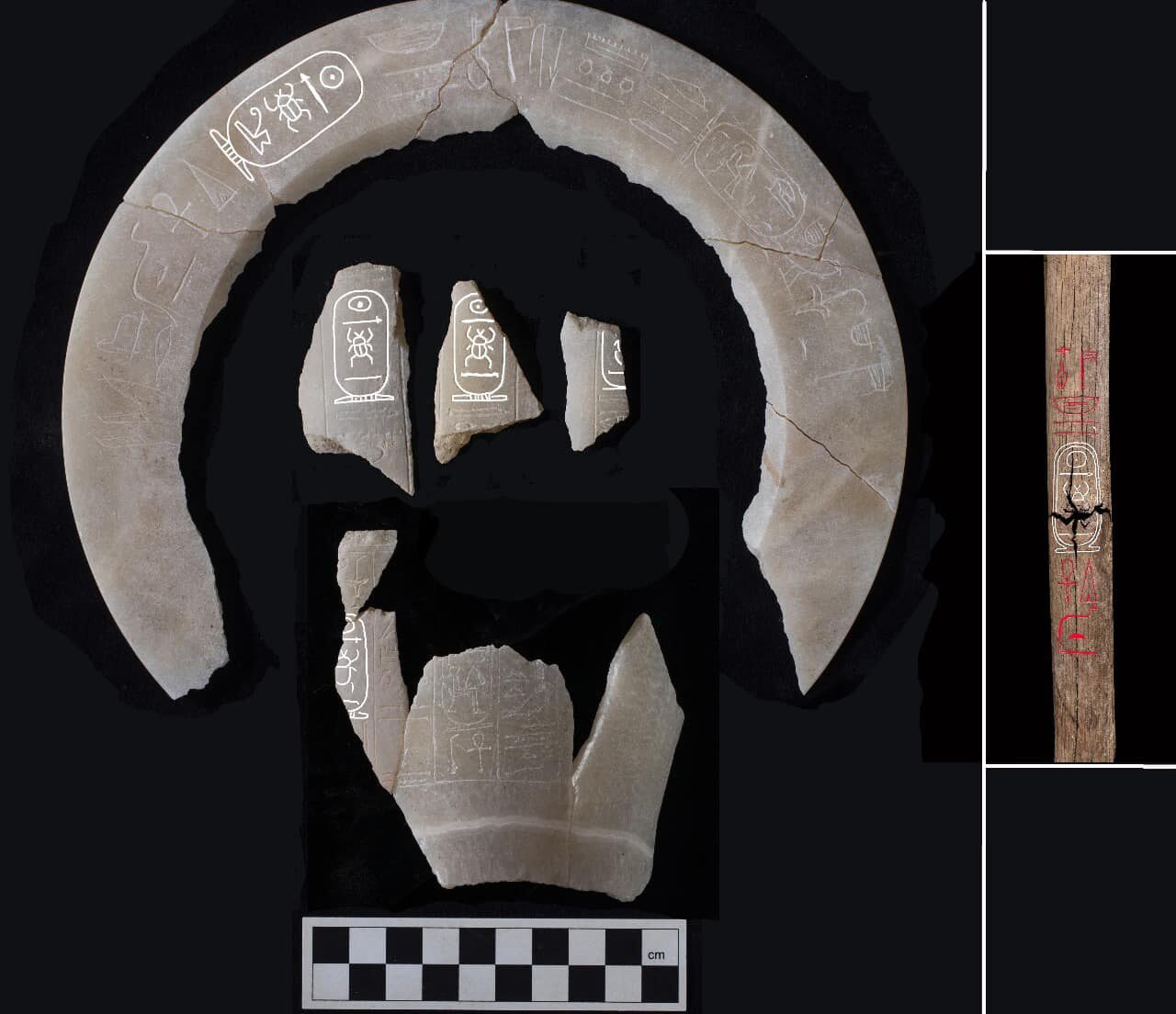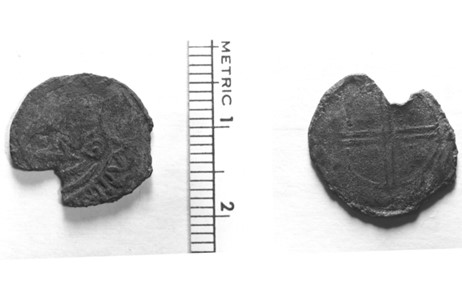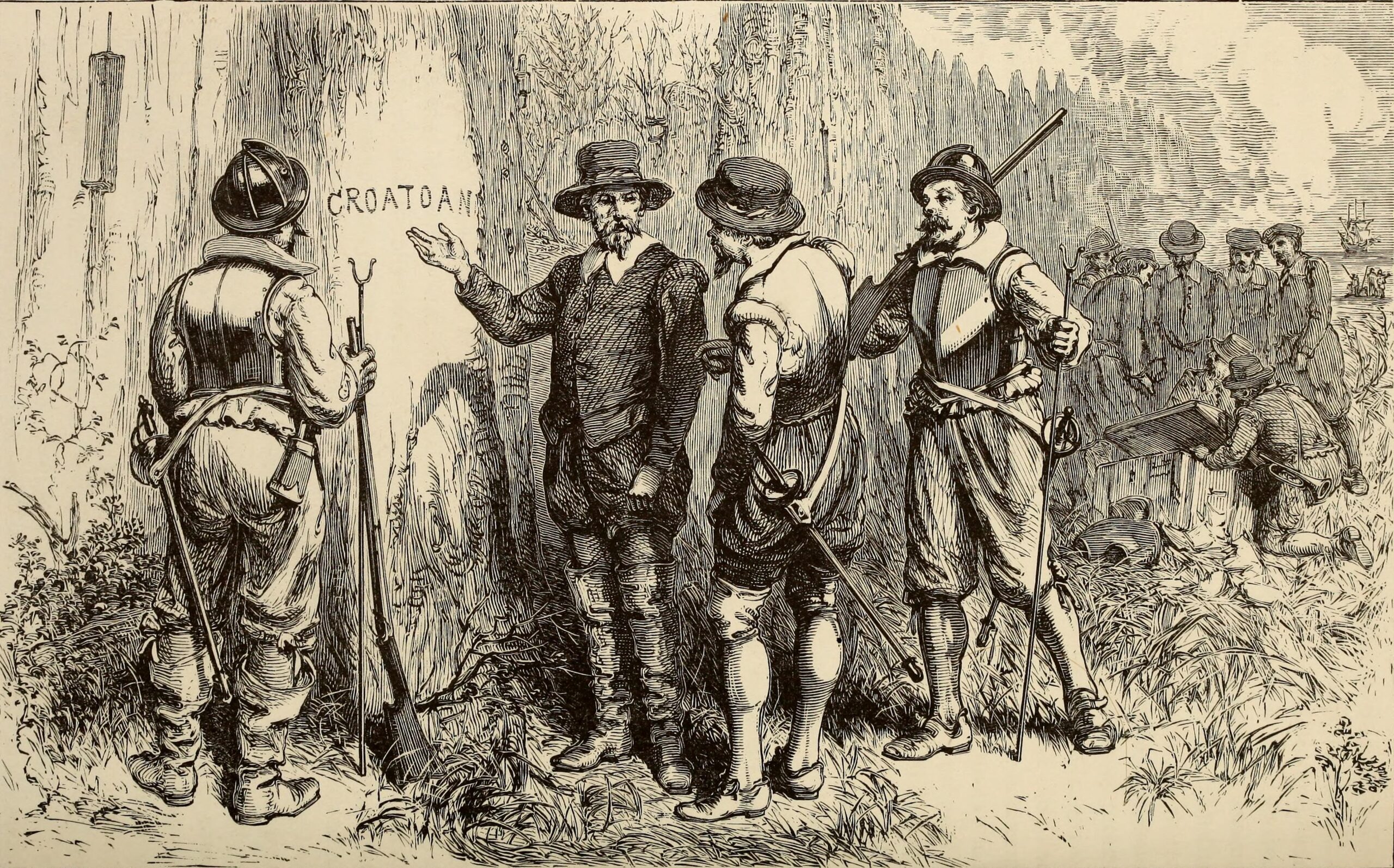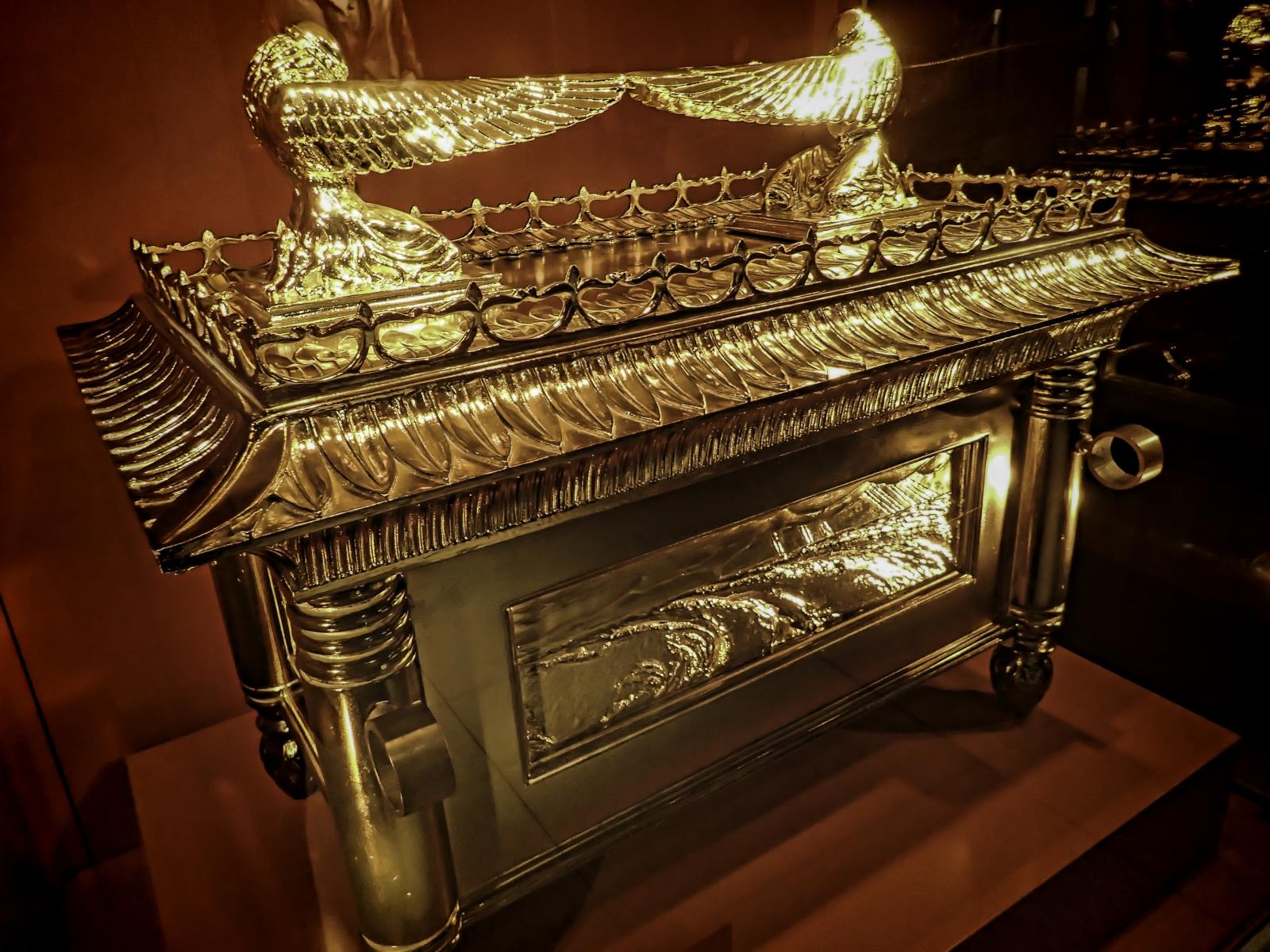
A relic steeped in reverence, the Ark of the Covenant stands as one of history’s most elusive treasures. Built around 1200 BC according to biblical accounts, this golden chest once held the Ten Commandments’ tablets, forming a cornerstone of ancient Israel’s faith. Last noted in Jerusalem’s First Temple in 587 BC, it disappeared when invaders razed the city. Was it hidden, stolen, or destroyed? Its trail blends fact with lore, fueling a search that spans centuries.
A Chest of Divine Design

The Ark of the Covenant emerges in the Book of Exodus, crafted under Moses’ guidance after Israel’s escape from Egypt. Instructions called for acacia wood, two and a half cubits long, one and a half wide and high, plated in gold inside and out. Two poles, also acacia and gilded, slid through rings for carrying and were never removed. Atop sat the mercy seat, a gold lid with twin cherubim facing each other, their wings spread to frame a space where God’s presence met human pleas.
Its creation tied to Mount Sinai around 1200 BC, when Israel roamed as tribes. Priests carried it through the desert as a mobile shrine for the tablets, Aaron’s rod, and a pot of manna. Tales attribute power to it, parting the Jordan River and toppling Jericho’s walls, marking the ark as more than wood and metal. That blend of craft and significance set it apart from other relics of its era.
A Journey Through Israel
The ark’s path wound through Israel’s early years, resting first in Shiloh’s tabernacle for centuries as a quiet hub for worship. Around 1050 BC, Philistine raiders seized it in battle but returned it when plagues struck their towns; tales claim tumors and panic drove them back. By 1000 BC, King David reclaimed it, dancing as it rolled into Jerusalem on a cart, though a priest’s death en route warned of its sanctity.
King Solomon raised the First Temple around 957 BC, and the Ark of the Covenant settled in its Holy of Holies, a stone chamber veiled from all but the high priest. There it remained for nearly 400 years, a steady anchor through Israel’s kings. Yet when Babylon’s Nebuchadnezzar sacked Jerusalem in 587 BC and shattered the temple, the ark’s record ends abruptly with no mention of fire, theft, or escape..
A Vanishing Act
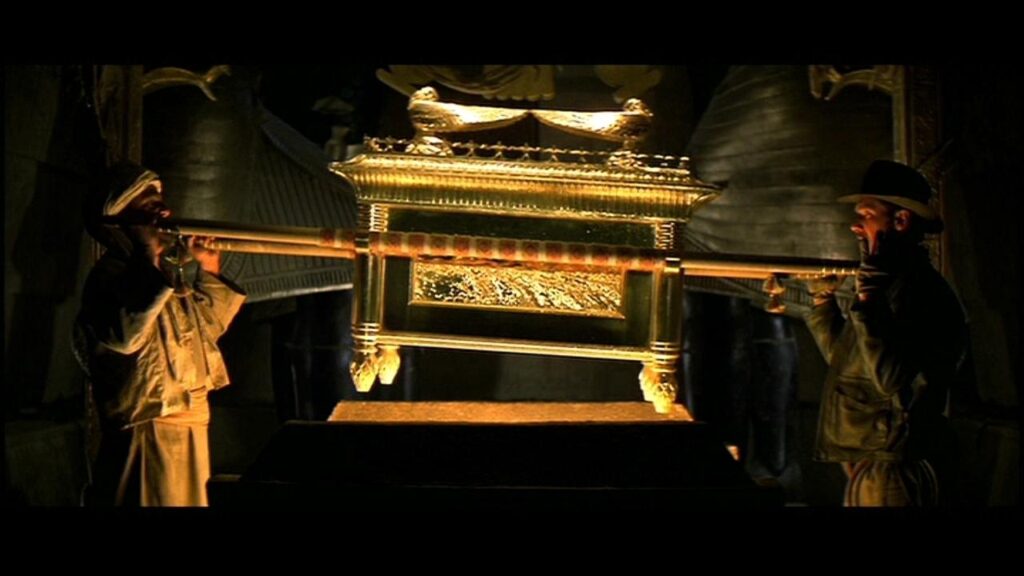
What became of the Ark of the Covenant after 587 BC remains unclear. Babylon’s records list temple loot like gold cups and silver stands but skip the ark, suggesting it evaded capture. Did priests conceal it before the fall? One account claims Jeremiah hid it in a cave under Mount Nebo, now in Jordan, safe from invaders’ reach. Another suggests tunnels beneath Jerusalem hold it, a secret vault lost as earth and rubble sealed the way.
Ethiopia offers a distinct claim, where the Kebra Nagast, a 13th-century text, says Menelik I, son of Solomon and Sheba, took it to Aksum around 950 BC. There, in St. Mary of Zion Church, priests guard a chest they call the ark, though no outsider views it. Skeptics note the tale’s late origin, yet its hold on Ethiopian faith persists as a living thread to an old hope.
Craft and Power
The ark’s build matched its role, using acacia wood toughened by gold sheets, hammered thin to show Egypt-learned skill from Moses’ time. The cherubim, likely winged sphinxes per Near East art, crowned a lid forged separately, serving as a seat for divine words. Weighing perhaps 110 pounds empty, its heft hints at more than tablets since the rod and manna might have added bulk, though no relic confirms this.
Its fame grew beyond craft, with tales tying it to awe—lightning struck foes, and priests fell dead if rules broke. That power, real or revered, made it a prize worth hiding or stealing, yet Babylon’s silence suggests it never reached their vaults or crumbled unseen in the temple’s ruin.
Theories Across Time
Where did it go? Jerusalem’s tunnels tempt some, suggesting priests slipped it below during the siege into a maze now choked with debris. Mount Nebo’s cave draws others, linked to Jeremiah’s flight, though no dig has pierced its stone. Ethiopia’s Aksum claim pulls strongest since pilgrims trek there, but the church’s veil blocks proof, leaving faith over fact.
Other ideas stretch further, placing it in Ireland’s Tara Hill with biblical tribes or under the Sphinx as an Egyptian relic, though evidence stays thin. Some claim Rome’s Titus took it in 70 AD, yet his arch shows no ark, only lamps. Each theory pulls a thread without unraveling the knot.
A Lasting Pull
The Ark of the Covenant shapes more than history since it fuels culture too. Raiders of the Lost Ark spun it into film gold, blending fact with chase, while Ethiopia’s priests guard its tale yearly as a rite drawing global eyes. Museums eye fakes—gold boxes from digs—but none match its mark, and its absence keeps this hunt alive as a void louder than any find.
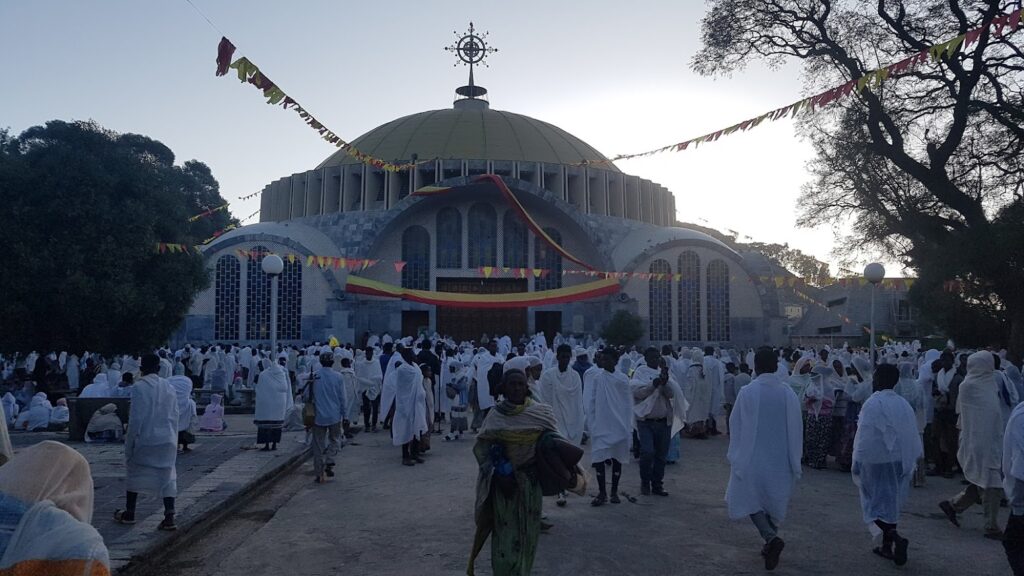
Today, it’s a ghost in Jerusalem’s dust or Aksum’s shade, a sacred chest lost to time. After 3,200 years, its tale holds firm, an artifact gone yet etched in memory. That pull keeps it vivid, a thread to a past too deep to fade.
Open Trails
What keeps it lost remains unclear since no record tracks it past 587 BC—Babylon’s lists skip it, and priests left no hint. Did fire take it, or did hands hide it? Tunnels, caves, and churches offer paths, yet each ends blank as earth or faith blocks the way. Was it one ark or many remade? Time and war cloud the truth.
The Ark of the Covenant lingers as a tale without end, its golden gleam faded to guesswork. After 3,200 years, it stands apart—an artifact vanished, a question carved in history’s gaps. Each theory pulls us closer, yet none finds its resting place.





